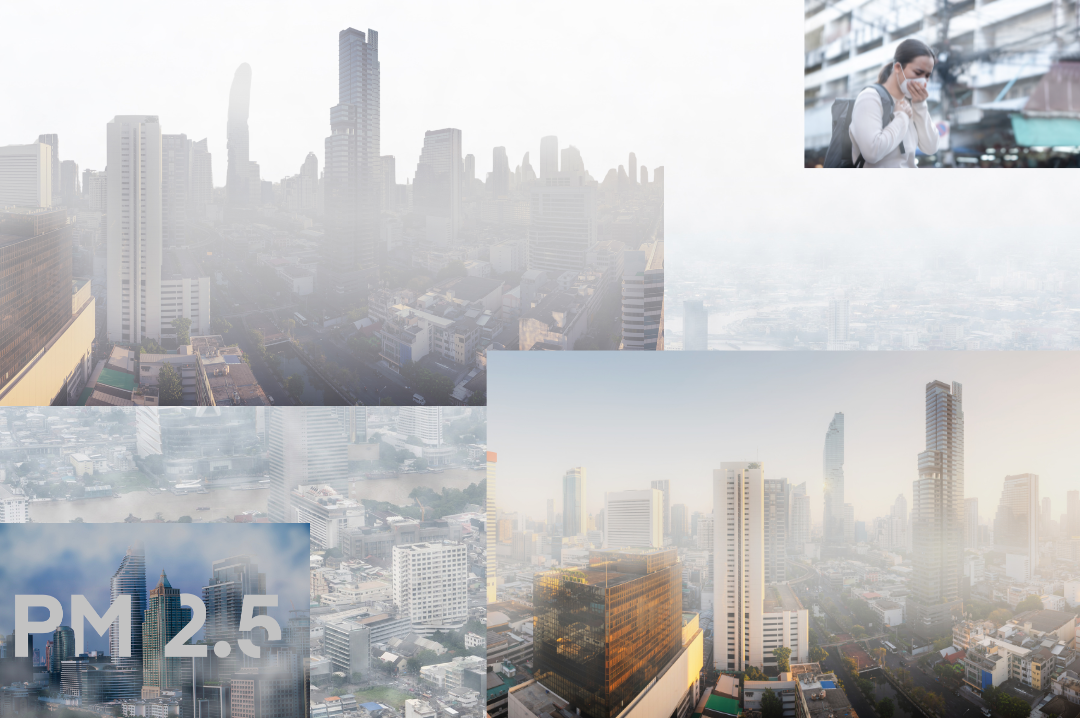
Comprehensive Guide to Combustible Gases, VOCs, and Toxic Gases
Enhance workplace safety with advanced detection solutions for combustible gases, VOCs, and toxic gases. Tailored for industries like oil & gas, manufacturing, and chemical plants, ensuring regulatory compliance and preventing hazardous incidents.




